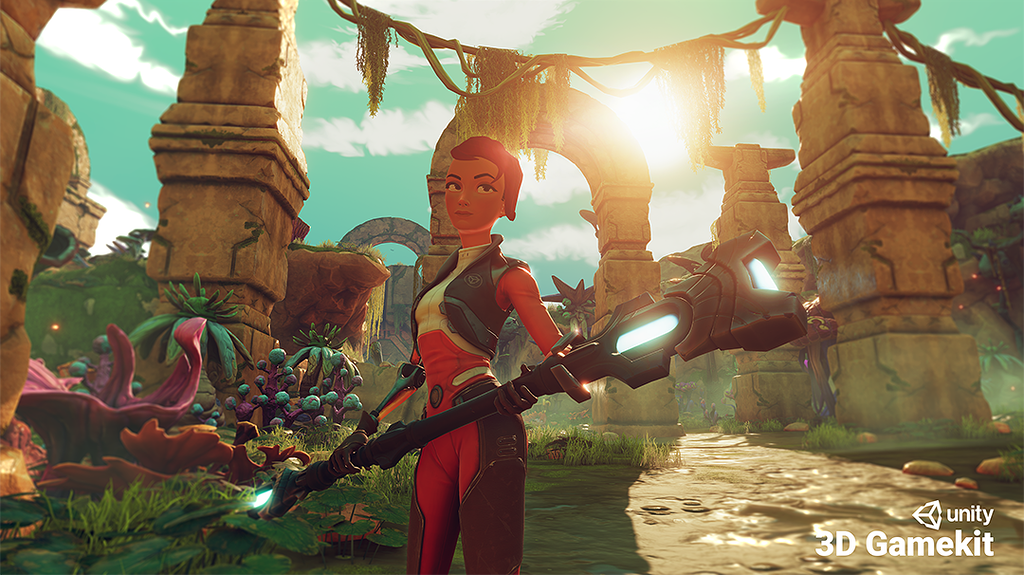
Complete Wwise audio implementation for game level, mimicking real-world production workflow with spatial audio, dynamic mixing, and Game Syncs integration.

The goal of this exam assignment was to mimic a real-world implementation scenario. I was provided with a working game build that included a Menu and the First Level, with all events and game parameter changes already implemented. My task was to implement all audio needed to create a fully finished gameplay experience, demonstrating professional Wwise workflow and best practices.
3D spatialization with proper attenuation curves and orientation settings for immersive audio positioning throughout the game world.
Cohesive mix that adapts to gameplay, ensuring clarity and balance across all audio elements for optimal player experience.
Integration of Game Syncs for reverb zones and parameter-driven audio changes, creating responsive and contextual soundscapes.
This project demonstrates professional Wwise implementation skills including event management, Game Sync integration, 3D audio positioning, and mix optimization. The implementation follows industry best practices for memory management and CPU efficiency. All audio assets were carefully selected and processed to create a cohesive sound palette that enhances gameplay while maintaining technical performance standards required for real-time game audio.